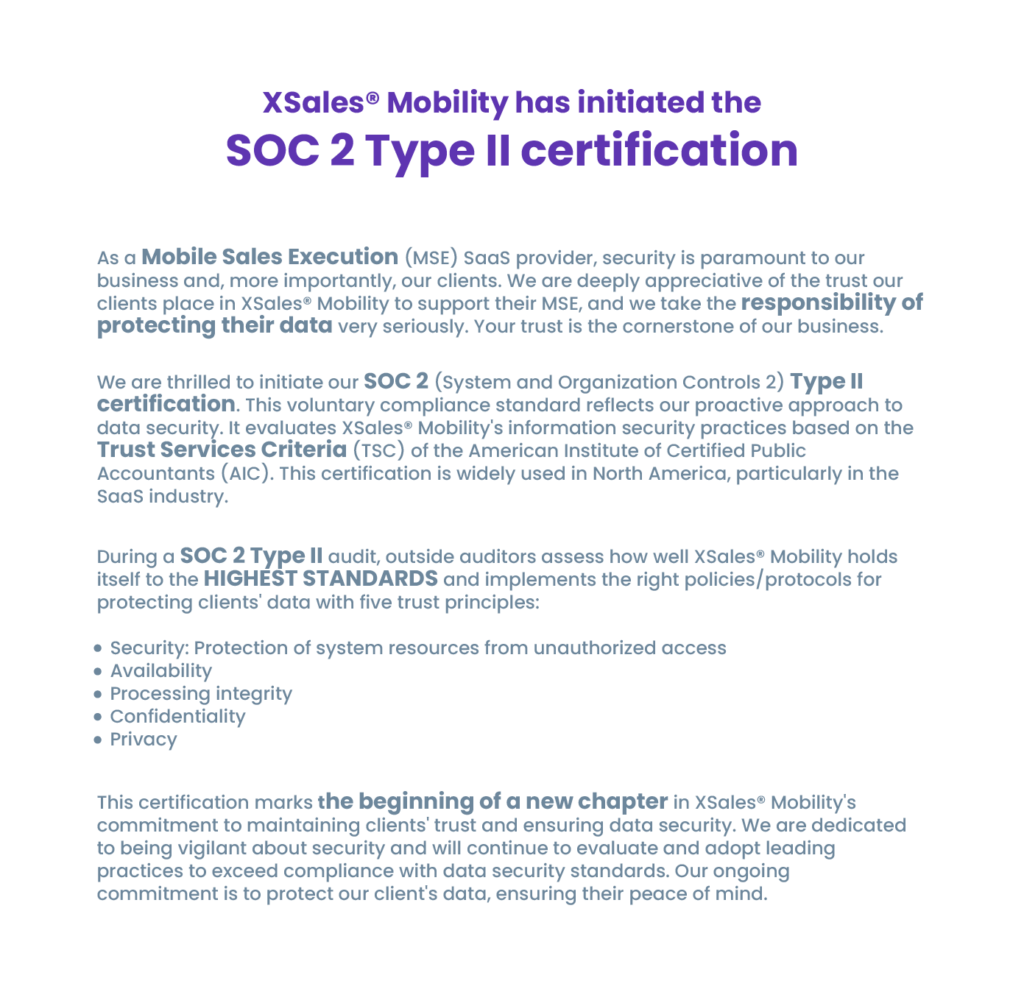Choosing the right equipment not only affects the budget, but also minimizes users’ levels of frustration, increases productivity and even decreases the risk index.
In consumer goods companies that operate with sales and distribution forces, the purchase of mobile devices usually represents a significant fraction of their investment in resources.
Vendors, warehouse operators and their supervisors use their phones and tablets as their main work tool and, therefore, expose them to daily, demanding and exhausting use.
For most of these companies, it is attractive to opt for low-cost equipment that is compatible with the applications used to carry out their activities and that comply with a minimum of functional requirements. Although in the short term this seems a good option, in the long run, factors such as the frequency of repair, cost of replacement and equipment downtime due to failures, accidents and malfunctioning, become important and end impacting on the ROI.
Choosing the right equipment not only affects the budget, but also minimizes users’ levels of frustration, increases productivity and even decreases the risk index. Let’s think of an example: in a warehouse, an operator needs to read bar codes located in a hard access place reached only by stairs, the image processing capability of his equipment is limited, so he must lean, make several attempts and control the movement to gain precision for the reading. The consequence? time loss, frustration, fatigue, possible fall of the equipment and in the worst case, an accident caused by the fall of the operator.
All this makes us think that the mobility strategy of a company, should be based on much more relevant criteria than just the size of the investment and the version of an operating system. But what are these criteria? What needs do companies commonly have when it comes to acquiring mobile devices? How to choose the best option? To answer these questions, we have compiled 7 relevant aspects to consider when making this decision, based on our vast experience with sales teams and interaction with devices primary users.
1. Durability
It is necessary that the devices have extended life cycles of commercialization and support, in which it results more viable and profitable to repair them instead of substitute them, since the time out of use automatically translates into money loss.
2. Resistance
The hostile environments and inappropriate treatment are the day to day in the industrial use of mobile devices: rain, sun, temperature changes, falls, dust, use of gloves, are some of the factors that require robustness of the equipment.
3. Quality in image processing
Capture, read and process images quickly and efficiently (including dirty, scratched, badly printed or damaged bar codes), with tolerance to movement and wide range of vision and scope, are necessary and important features for users.
4. Autonomy
With extended work days and activities carried out in the field, it is necessary to have high performance batteries (8h +), quick recharge and hot change (without restarting the equipment). Once again, stopping the operation due to low battery issues translates into money loss.
5. Compatibility
Of hardware and software, the devices must be able to operate with a varied ecosystem of accessories and allow the installation of the applications and tools necessary for the development and / or optimization of the activities carried out by the users.
6. Audio optimized
Noisy environments are a reality in almost all activities that take place in factories, warehouses and outdoor areas, therefore, it is necessary to have powerful speakers and microphones with cancellation of background sound, which allow fluid communication under any circumstance.
7. Connectivity
Being able to connect with other devices and transmit information in real time is a prevailing need in today’s connected world, therefore, a good quality of WiFi reception, and the ability to communicate through alternative means (network, bluetooth, roaming) , are factors that should not be missed.

Now, is it possible that we are aspiring too much? the answer is: No. Fortunately, this compendium of benefits is covered by devices called Rugged, which have features thought for companies and are designed to meet industry standards in terms of hostile work environments.
And what is a rugged device? What is the difference between rugged and commercial devices or smartphones? Simple, a rugged device is an equipment with the same functionalities of a commercial one but has been tested in hostile working conditions and responds to adversity with resistance and resilience.
Until a few years ago, smartphones were the only equipment whose functionalities evolved constantly (speech recognition systems, fingerprint & face recognition, improved quality in photography, expanded screens, ergonomic design, among others), today, rugged devices are able to offer the same functionalities of smartphones without neglecting aesthetics, design and quality, offering in addition the particular characteristics demanded by industries and their operational conditions.
All this leaves us a clear message, rugged devices and smartphones are competing in the same field. The first trying to achieve a more attractive design and the second, seeking to raise their level of resistance and autonomy.
However, it seems that in this dynamic one of them has the advantage, surprisingly, the rugged team. According to CCS Insight, between 2013 and 2017, the market shows a 34.6% reduction in the purchase of smartphones, while the acquisition of rugged devices has increased exponentially at an annual rate of 25%, which translates into a considerable change in the consumption pattern.
Given these indicators, it is increasingly difficult for companies to make the right decision regarding the purchase of mobile equipment, while functionalities and design meet, the gap in prices and the range of options expands.
What is certain is that by establishing clear selection criteria according to the real operational needs of your company and taking the time necessary to evaluate the different options available in the market, the profitability of your investment in mobility will be largely guaranteed.
Pictures: Igor Rodrigues and Agê Barros in Unsplash
Published in: Mobility, Technology




